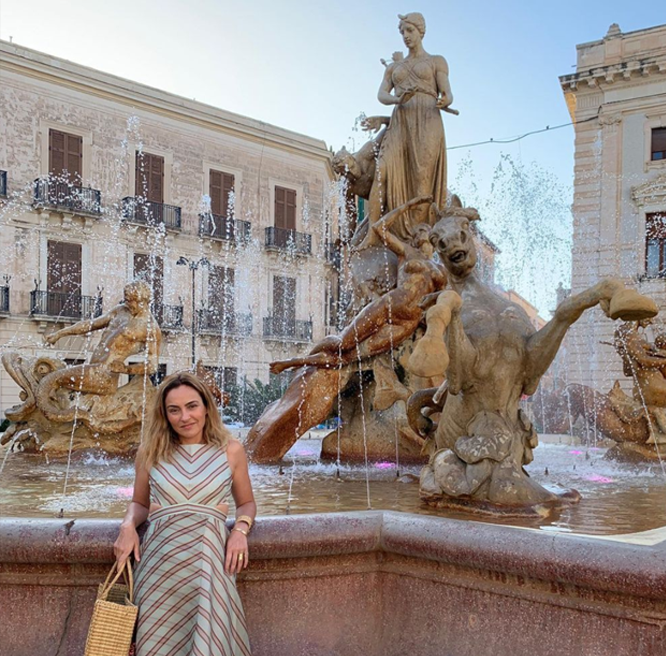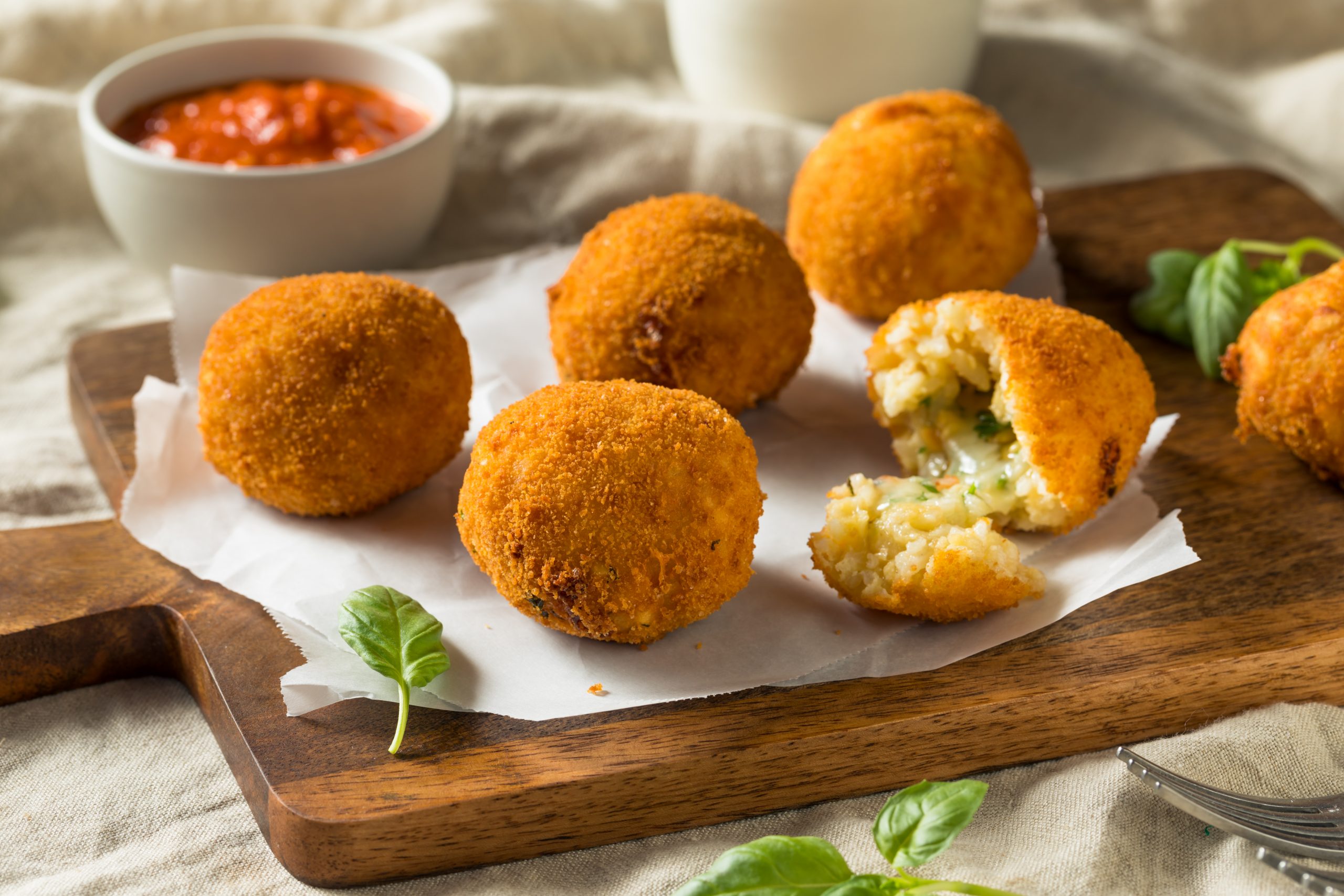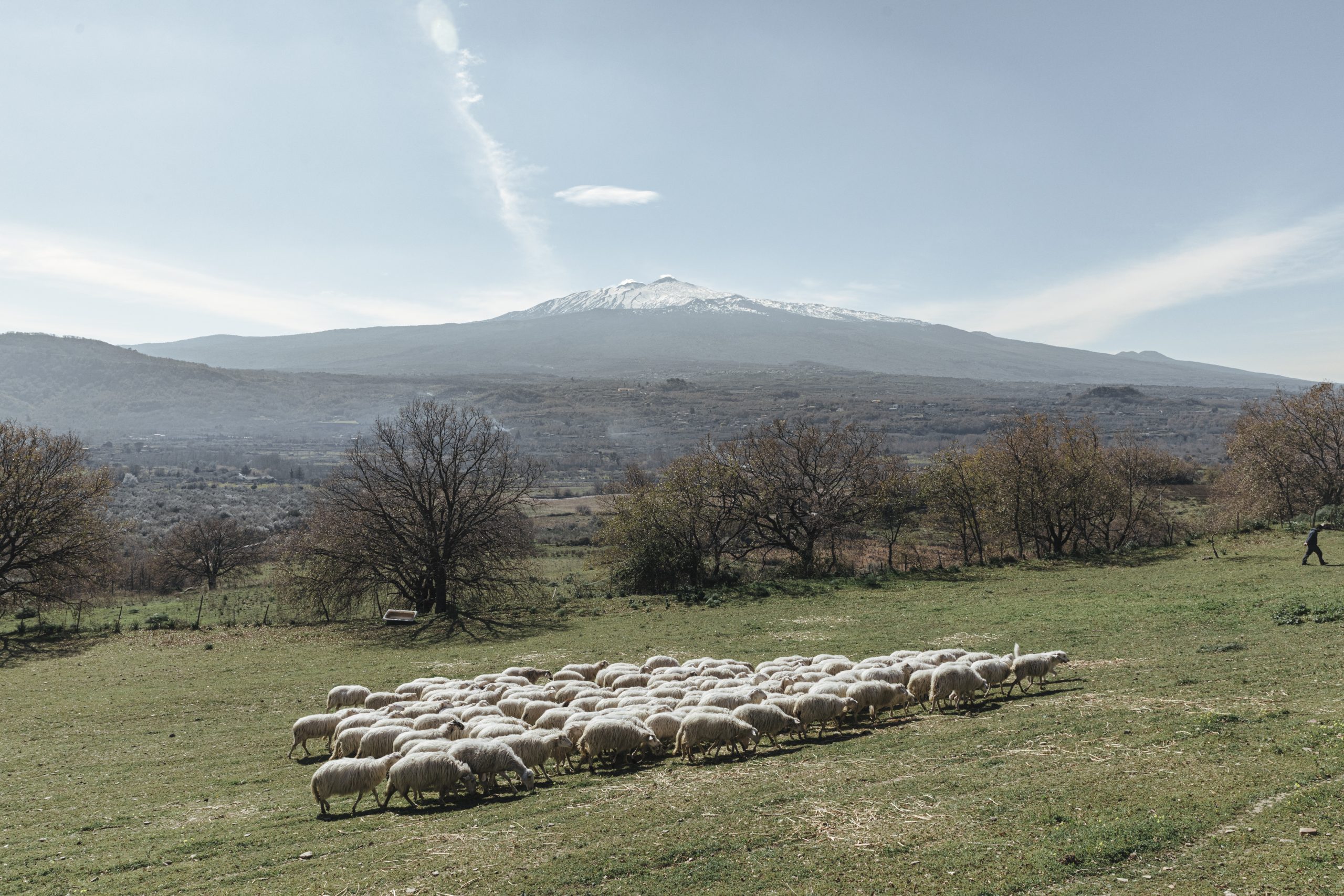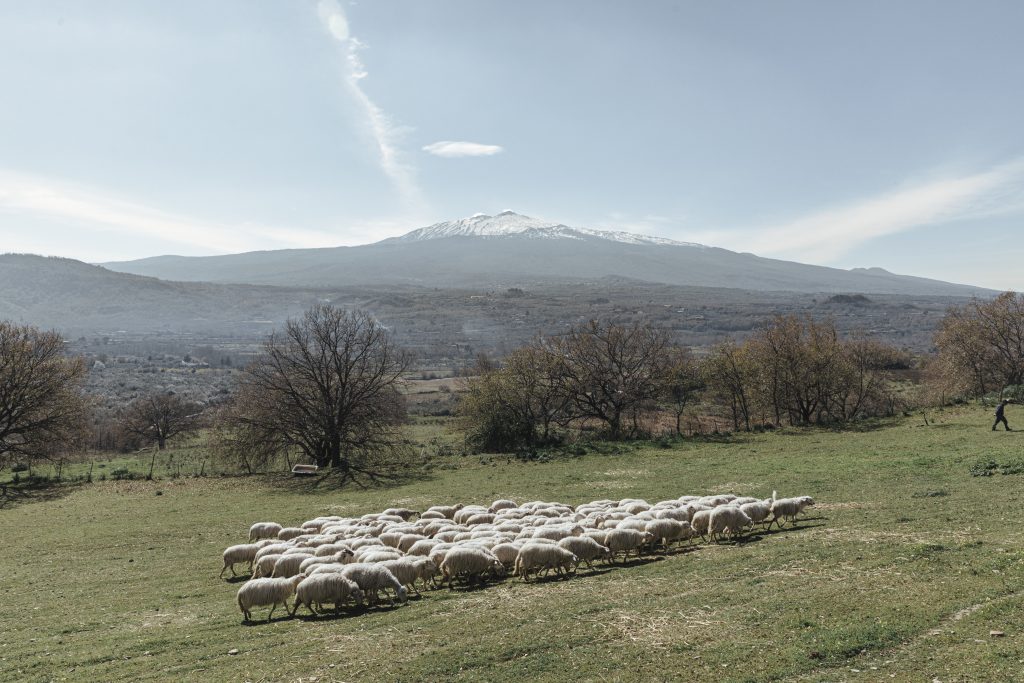A photograph of the region through Carolina’s eyes
![]()
![]()
![]()
![]()
![]()
![]()
![]()
![]()
![]()
![]()
![]()
![]()
![]()
![]()

Italy’s DMCs share with DUCO tips on gastronomy, landscapes, and secret treasures


Gastronomic Storytelling: Sicilian cuisine is among Italy’s most intriguing. Situated at the crossroads of conquering Medittaranean, African, and Arabic cultures, the island is a veritable melting pot of Mediterranean flavours. Every corner of Sicily offers something special characterising its unique gastronomy. In Ragusa, in the southeast, you’ll find “impanate” which are similar to the Spanish ‘empanadas’ because this was where the Spanish ruled from the 17th to the 18th centuries. Likewise, in Modica you’ll discover chocolate made the same way as the Aztecs used to make it – brought here to Sicily by the Spanish. In Trapani, in the Northwest, you’ll find a range of recipes reflecting the Arab conquest of the region from the 12th to the 14th centuries. The region’s restaurants serve up a fish cous cous originating from the Magreb regions, candid fruit and flowered ricotta cheese, coming from the eastern Mediterranean, and Sicily’s famous arancini – fried rice balls born out of the “joint-venture” of the Muslim and Norman tradition in Palermo.
Best Enjoyed: Sampling Sicilian street-food in one of the island’s lively and colourful markets or indulging on traditional pastries are experiences no visitor should miss. In particular, true food-worshippers should make the pilgrimage to Maria Grammatico Pastry shop in Erice, a Medieval town right above Trapani. Here you’ll find divine “Genovesi” pastries full of warm vanilla custard, which are best enjoyed after walking up to the Norman Castle, enjoying its 360 degrees view, and listening to the traditional Sicilian songs coming from a local musician.


Luxury DMC Essence of Sicily takes us to the little-praised interior, where traditional shepherding thrives with deep roots.
How are the practices of Sicily tied to its land?
Some jobs are traditions, remaining unchanged from the past to the present, and handed down through generations like prized possessions. These are trades, but also lifestyles that take shape in the inland of Sicily, a fascinating and little-discovered place. For six generations, the shepherding profession has been passed down from father to son.
What makes this profession so timeless?
The job is built upon a repetition of gestures, beginning at dawn. To characterize the soundscape of this place, one can count on whistles, whispered calls, and the incomprehensible and magical Sicilian language. The experience of shepherding is above all a meeting with an ancient craft.
Why does this practice continue today?
Sheep’s milk is a precious commodity on the island. The work in the pastures moves to the small dairy where cheese is produced: an art that requires knowledgeable hands, skill, and dedication and produces local fresh ricotta and aged pecorino cheeses.
For more information about Essence of Sicily, click here.

Hidden Treasure: Secret Pantelleria Naval Base
The hidden hangar of Pantelleria, an architectural masterpiece commissioned by Mussolini in the 1930’s. 12,000 solders gave a hand in building this secret installation that was used as a military weapon. An invisible tunnel, dug into the mountainside, 340 meters long, 26 wide and 18 high, strong enough to withstand bombings of WWII and stealth enough to shelter 80 fighter planes. As I was born & raised in Annapolis, Maryland (USA), home to the US Naval Academy, I find particular connection to the history of this well-kept secret, known initially to only those who lived on the island and still very off the beaten track to almost all who travel to the island. Headquarters of the Pantelleria Air Force since 1986, the hangar is closed to the public, but we arrange special access visits to this one-of-a-kind site.

“An important thing to remember about Sicily is how wonderful, friendly, welcoming, and hospitable the people of Sicily are.”
Sir Rocco Forte